We all cherish the lovely morning sunlight streaming into our homes, but there are times when we wish we could dim that glow a bit.
This is where Roman shades come in.
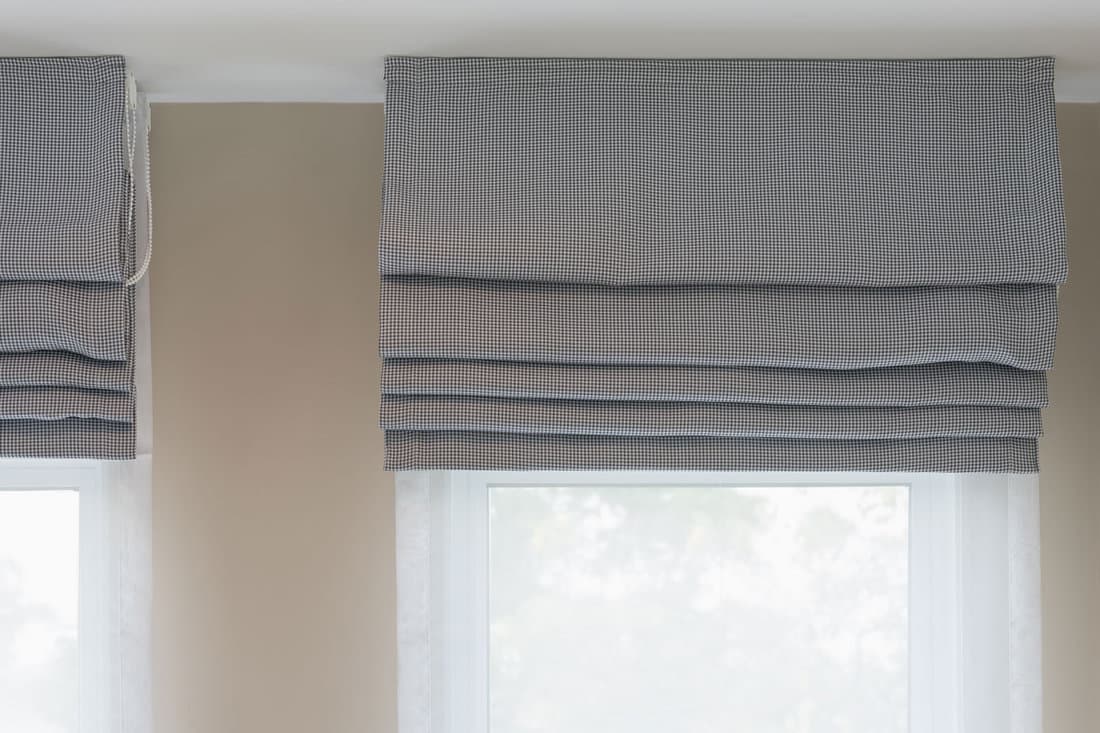
Roman shades are more than just window coverings; they are functional, stylish decor elements that offer both light control and privacy.
The beauty of Roman shades lies in their versatility. Depending on the fabric choice and design, they can softly filter natural light or block it out completely.
But do they always block light? And if they do, how effectively?
We'll talk more about this topic and explore everything from the types of Roman shades to the factors affecting their light-blocking capabilities and more.
Do Roman Shades Block Light?
Roman shades can partially block out light in a room, depending on the fabric choice.
Lighter fabrics may still allow some natural light to filter through into the room, while darker fabrics can provide more light control.
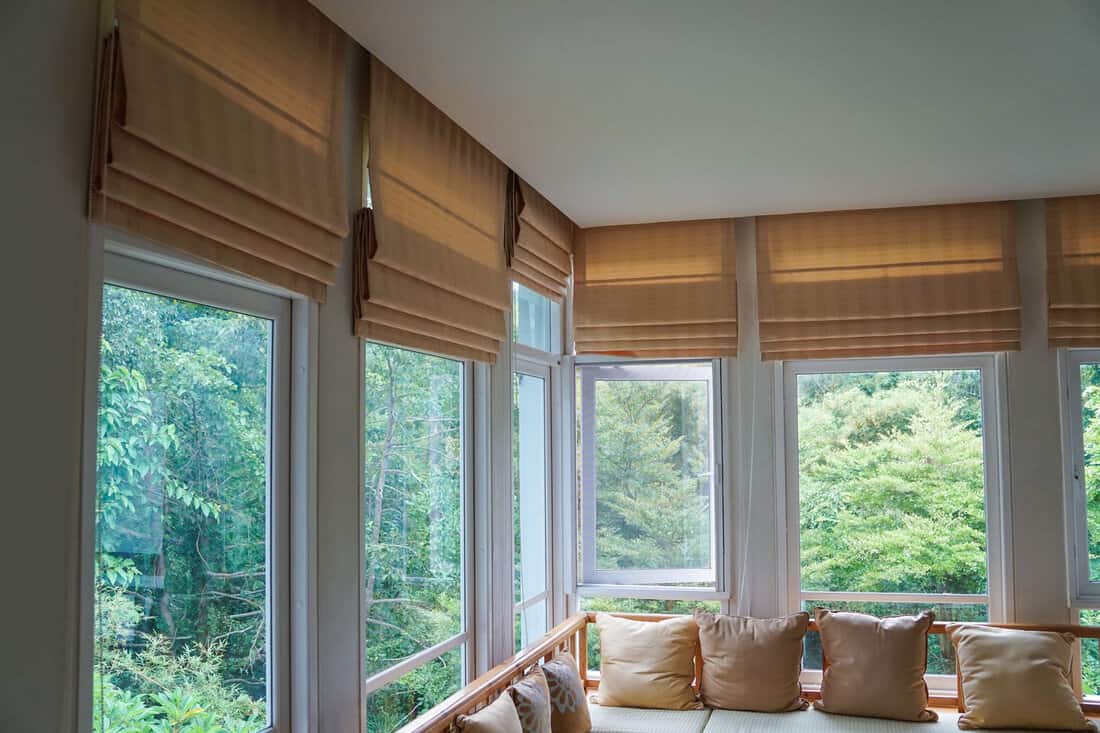
We may include affiliate links and curated AI content to highlight top design styles.
Using blackout or thermal linings on a Roman shade can help reduce the light entering the room and also provide insulation.
These linings are particularly useful for bedrooms or media rooms where complete darkness might be desired.
It's essential to consider the design and installation of Roman shades as well. Light can sometimes leak from the sides of shades, so proper installation is crucial.
You can add side channels or other light-blocking techniques to more effectively block light around the edges of the Roman shade.
Roman shades can be functional and stylish decor elements, offering increased privacy and filtering or blocking out light while enhancing the aesthetics of a living space.
When selecting your fabric and design, evaluate their effectiveness in light control to meet your room's specific needs.
Types of Roman Shades
When considering Roman shades for blocking light, two main types come to mind: room-darkening Roman shades and light-filtering Roman shades.
Room-Darkening Roman Shades
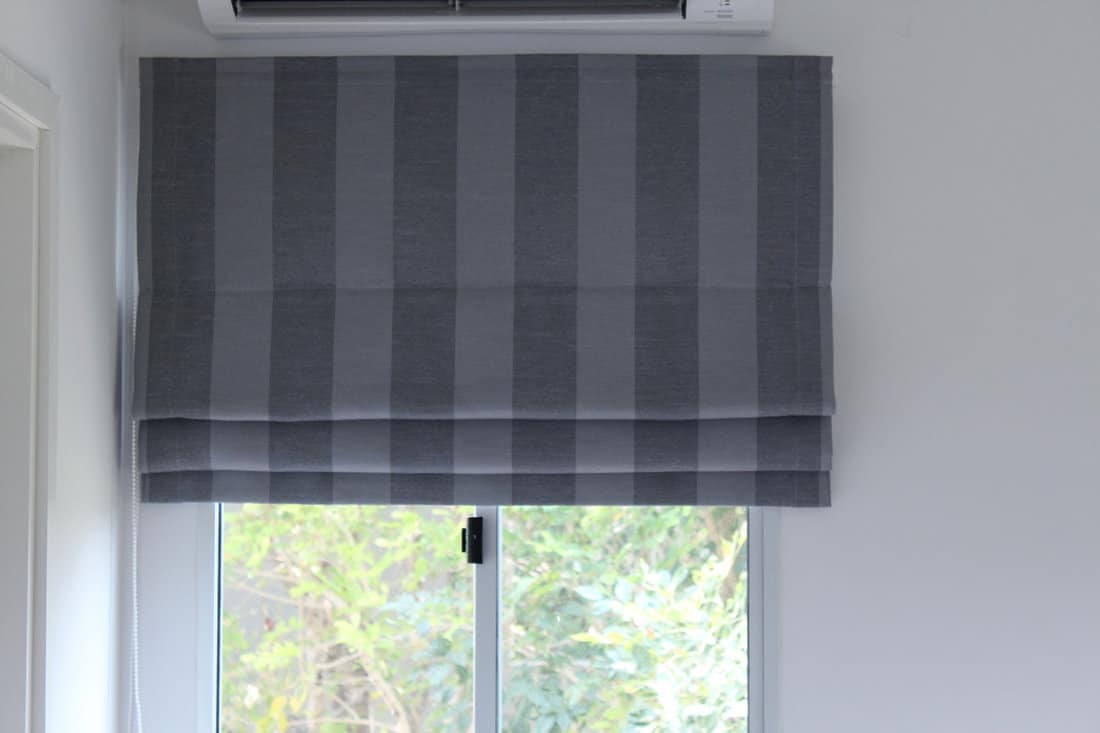
Room-darkening Roman shades are designed to provide maximum light control and privacy.
These shades are typically made from thicker, opaque materials such as cotton, polyester, or even coated room-darkening fabrics.
When closed, they effectively block out most, if not all, external light, making them perfect for bedrooms, media rooms, and other spaces where light control is crucial.
Some of the benefits of room-darkening Roman shades include:
- Superior light blocking: These shades eliminate most external light sources, creating a comfortable and private space.
- Improved energy efficiency: By blocking sunlight and heat, room-darkening Roman shades can help reduce energy consumption in the home.
- Enhanced privacy: Opaque materials prevent prying eyes from peering in, making these shades ideal for maintaining privacy.
Light-Filtering Roman Shades
Light-filtering Roman shades, on the other hand, allow some natural light to filter through while still providing privacy.
These shades are made from lighter, semi-sheer materials such as linen or cotton, which diffuse light and create a soft, warm ambiance in the room.
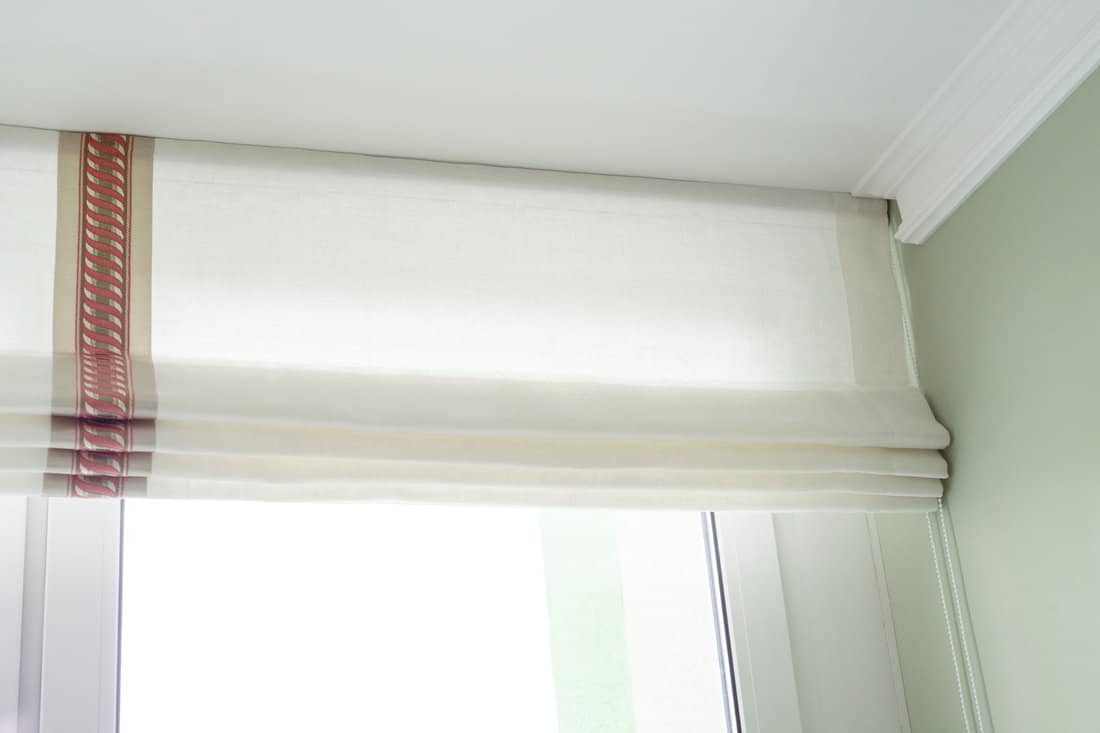
Some advantages of light-filtering Roman shades include:
- Gentle light control: While they don't block as much light as room-darkening shades, light-filtering Roman shades still provide a level of light control suitable for living rooms, kitchens, or offices.
- Privacy without total darkness: These shades allow a comfortable level of natural light in while still maintaining privacy.
- Versatile design options: With a wide range of fabric colors, textures, and patterns available, light-filtering Roman shades can be a stylish addition to any room.
In summary, both room darkening and light filtering Roman shades offer varying degrees of light control and privacy, depending on the specific needs of your space.
Keep in mind the material used, as well as the desired ambiance and functionality when making your decision.
Factors Affecting Light Blocking
Wondering what factors affect light blocking? In this section, we will discuss these factors and will offer tips on how to use them to your advantage.
Fabric Material
The fabric material of Roman shades plays an essential role in determining their light-blocking ability.
Different materials offer varying levels of light filtration, from sheer fabrics that allow some light to pass through, to more dense, opaque fabrics that block out a significant amount of light.
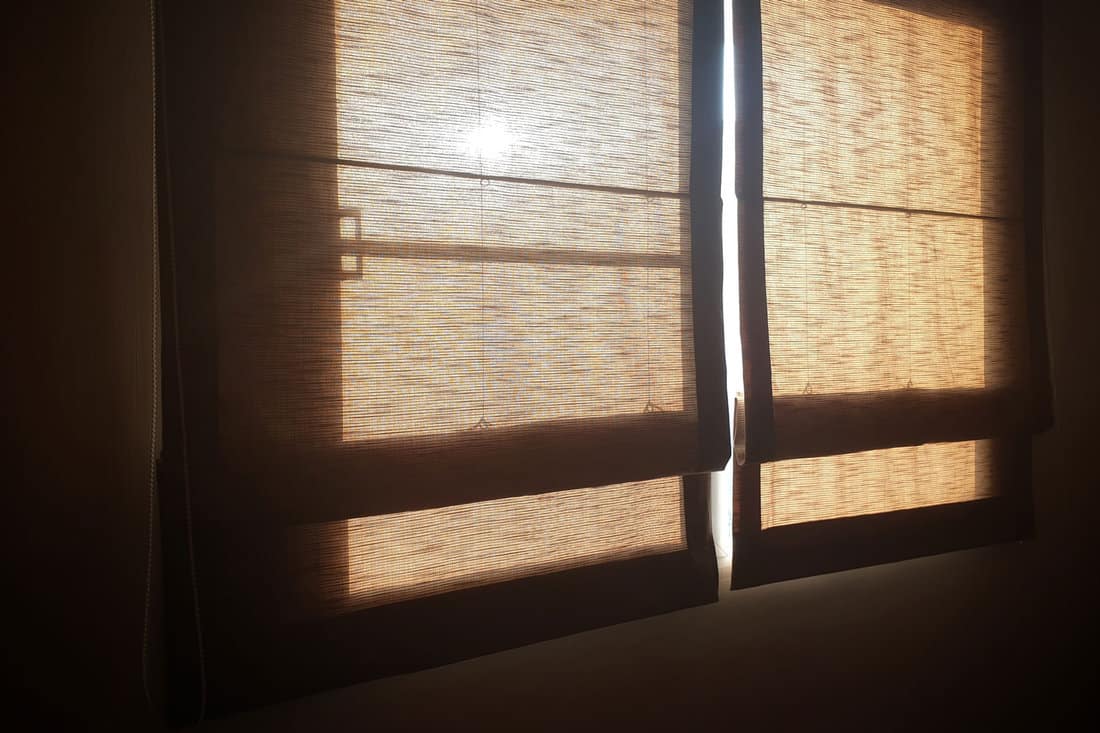
Some common materials used for Roman shades include cotton, linen, synthetic blends, and luxurious options like silk or velvet.
Each material comes with its advantages and drawbacks in terms of durability, appearance, and light-blocking properties.
Color and Opacity
Another aspect to consider when assessing the light-blocking capabilities of Roman shades is their color and opacity.
Generally, darker colors are more effective at blocking out light than lighter shades, as they absorb more light rather than reflecting it.
Similarly, shades with greater opacity levels will block out more light as opposed to transparent ones.
When selecting a Roman shade for light-blocking purposes, consider the color and opacity in conjunction with the surrounding decor and the room's purpose.
Lining Options
A critical factor in Roman shades' ability to block out light is the lining. A well-chosen lining can greatly enhance the light-blocking characteristics of the shades.
Lining options for Roman shades generally fall into three main categories: unlined, standard-lined, and black-out lined.
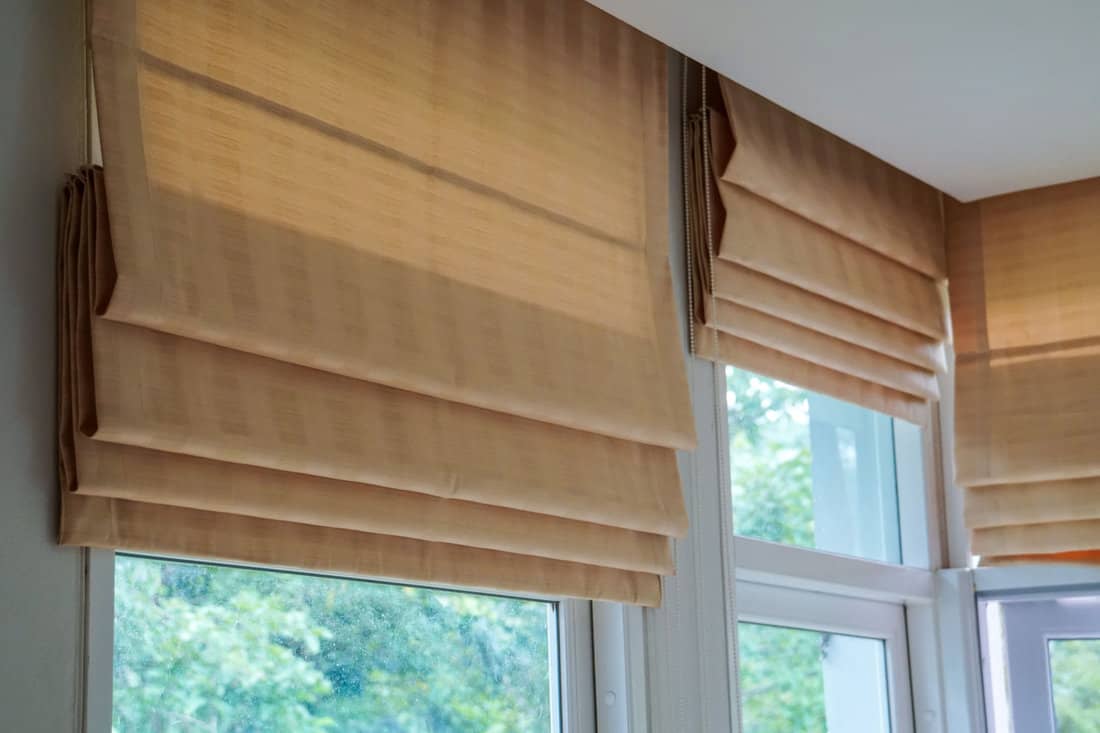
Unlined shades offer minimal light-blocking but may fit well in spaces where a softer ambiance is desired.
On the other hand, standard-lined shades provide a moderate level of light-blocking, suitable for rooms that don't require complete darkness.
For the best light-blocking results, blackout-lined shades should be considered, as they use a specialized lining that blocks out nearly all external light, making them ideal for bedrooms or home theaters.
Benefits of Light Blocking with Roman Shades
Roman shades offer several benefits while blocking light from entering a room.
In this section, we will highlight three notable advantages: energy efficiency, privacy, and aesthetics.
Energy Efficiency
Roman shades can help save energy by reducing heat gain and heat loss through windows.
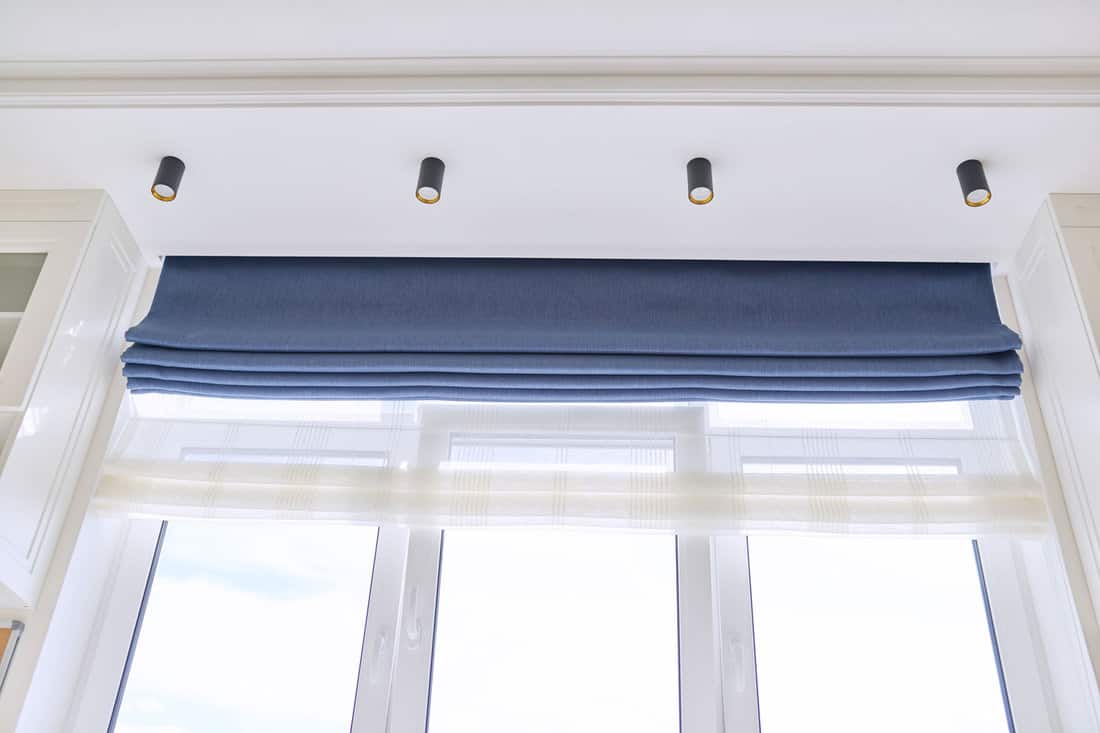
By blocking sunlight, they prevent it from heating up a room, minimizing the need for air conditioning.
When used with thermal lining, they can also help keep the room insulated during colder months, leading to reduced heating costs.
Privacy
Roman shades generally block out the light and provide privacy.
Most Roman shades are designed to be non-see-through during the day and night, as they are meant to blackout the light and maintain privacy.
This makes Roman shades a practical choice for bedrooms, bathrooms, and other areas where privacy is crucial.
Aesthetics
Aesthetically, Roman shades add style and elegance to a room. They are available in various fabrics, patterns, and colors.
This versatility allows them to complement a wide range of interior designs.
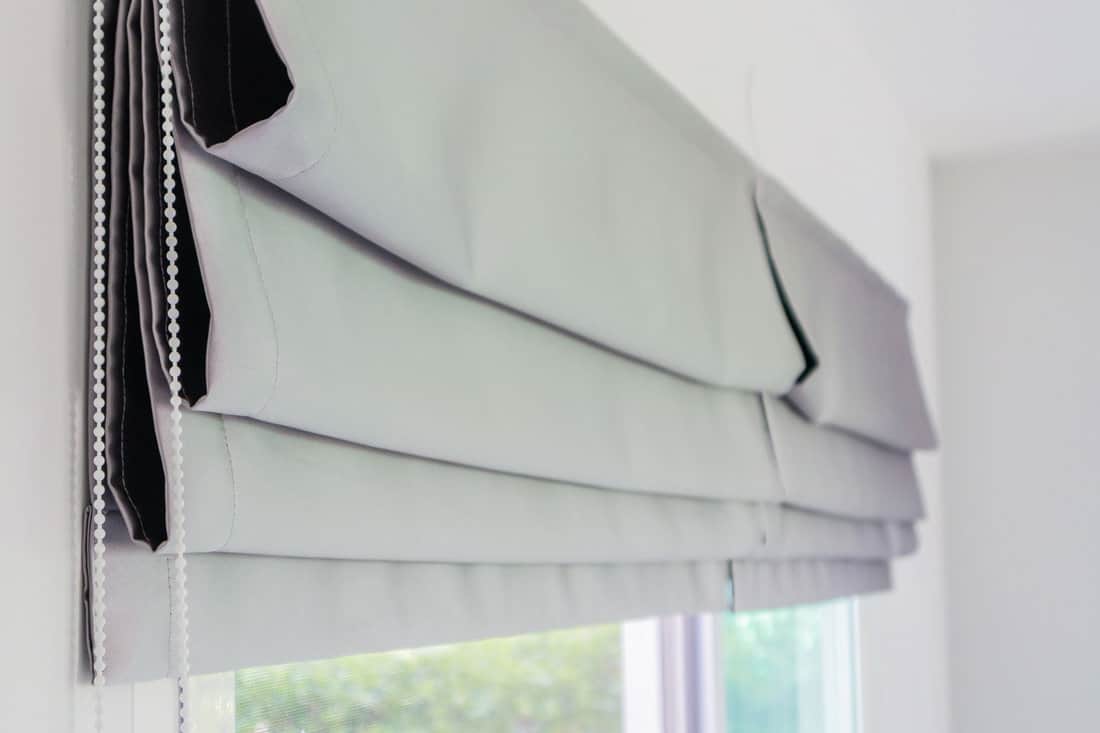
Some shades use linen or semi-sheer fabrics, which can be somewhat translucent and allow some light to filter through, creating a soft, diffused glow.
The neat and clean folding design of Roman shades also enhances the overall visual appeal of a room, making them a popular choice for many homeowners.
Customizing Roman Shades for Better Light Control
In this section, we will discuss how customizing Roman shades can greatly enhance their light-blocking capabilities.
Using Liners and Thick Fabrics
One effective method is to use liners, which can either be added during construction or purchased as separate, attachable pieces for existing shades.
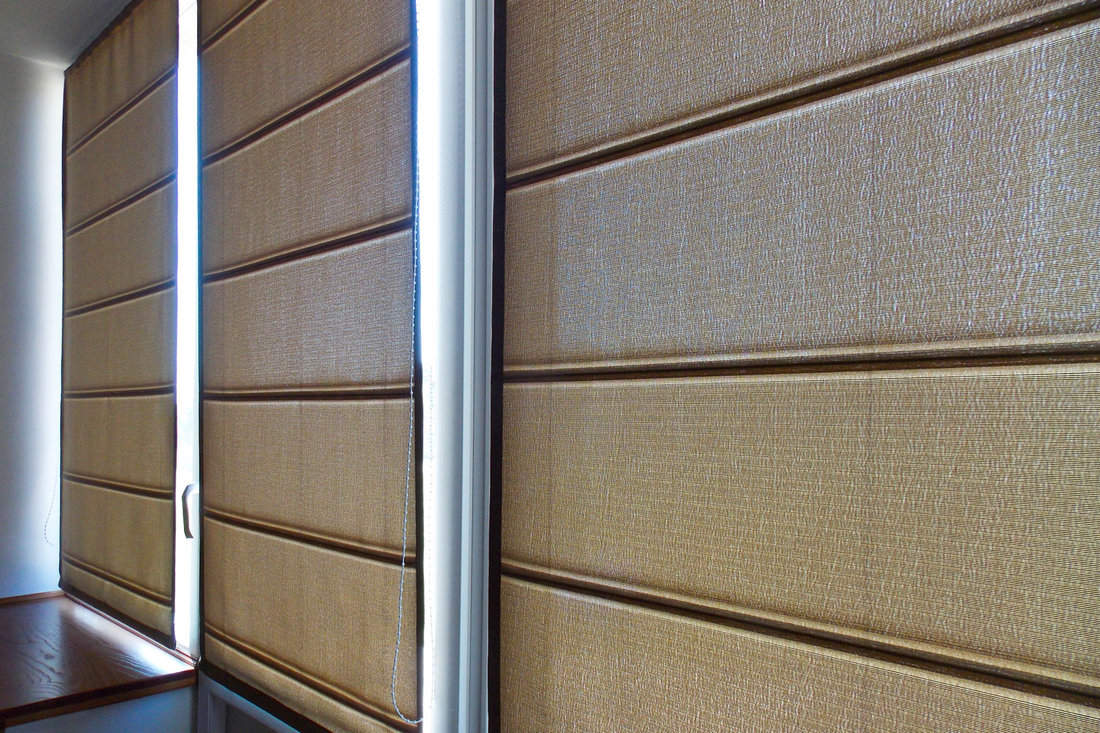
Liners come in various levels of opacity, including blackout liners that eliminate nearly all outside light.
Another important factor to consider when customizing Roman shades for light control is fabric choice.
Opting for thicker fabrics or those specifically designed to block light will result in more effective light control.
These fabric options can range from tightly woven materials to coated room-darkening fabrics.
Additionally, choosing a fabric that matches the room's decor is crucial for maintaining a cohesive design.
Proper Fit and Installation
Proper fit and installation play a significant role in the light-blocking effectiveness of Roman shades.
Ensuring that the shades fit snugly within the window frame will minimize light leakage from the sides.
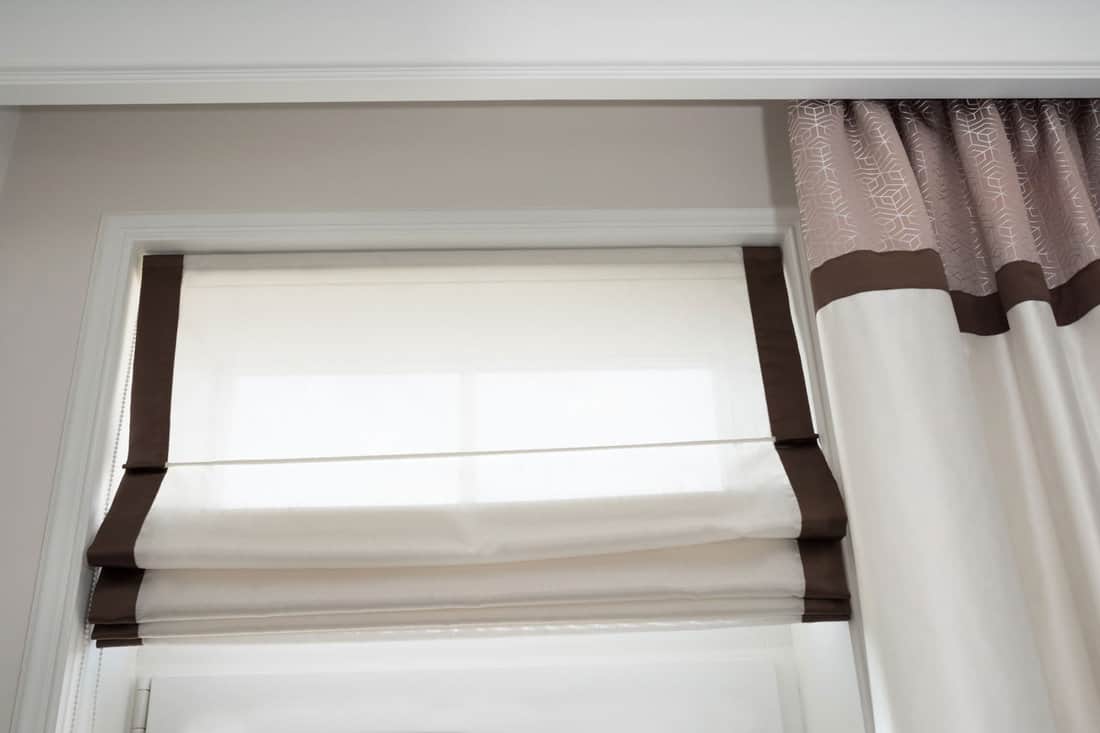
It is essential to take accurate measurements before purchasing or customizing Roman shades, as a too-small or too-large shade will result in poor fit and diminished light control.
Installation is another critical aspect of light blocking. Aligning the brackets and hardware correctly will ensure that the shade operates efficiently and sits flush against the window frame.
Professional installation is recommended for best results, but DIY installation is also possible with clear instructions and appropriate tools.
In summary, customizing Roman shades through the use of liners, fabric choices, proper fit, and installation can significantly improve their light-blocking capabilities.
These factors will help create a more comfortable and aesthetically pleasing living space with effective light control.
Rolling Down the Roman Shades: Summary
Roman shades can be both a functional and stylish addition to your room decor.
They offer varying degrees of light control, ranging from soft, diffused natural light with light-filtering shades to near-total darkness with room-darkening shades.
The effectiveness of a Roman shade in blocking light is determined by several factors including the fabric material, color, opacity, and lining.
When choosing the perfect Roman shade for your space, consider your specific needs for light control, the ambiance you want to create, and the decor you want to complement. Happy decorating!
Here are more posts to enjoy:



![Modern interior of living room with peach corner sofa, coffee table - What Color Curtains For Peach Walls [Inc. Pictures For Inspiration]](https://homedecorbliss.com/wp-content/uploads/2022/09/INTERI1-600x400.jpg)